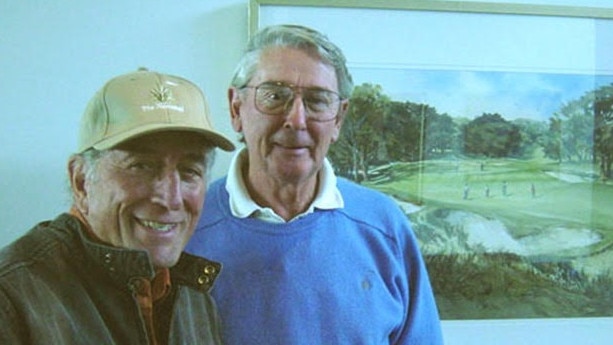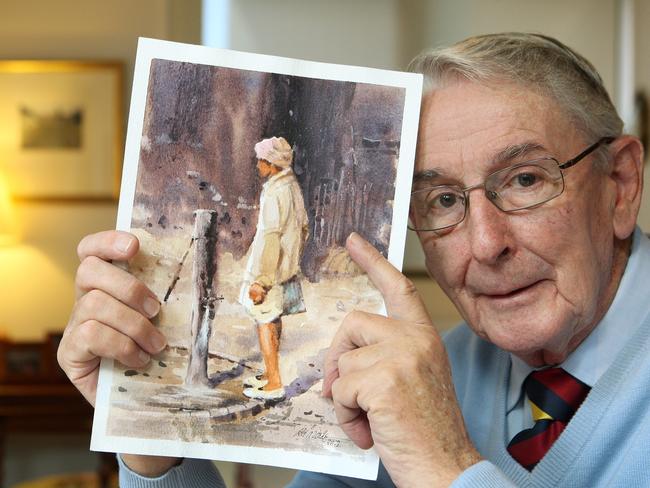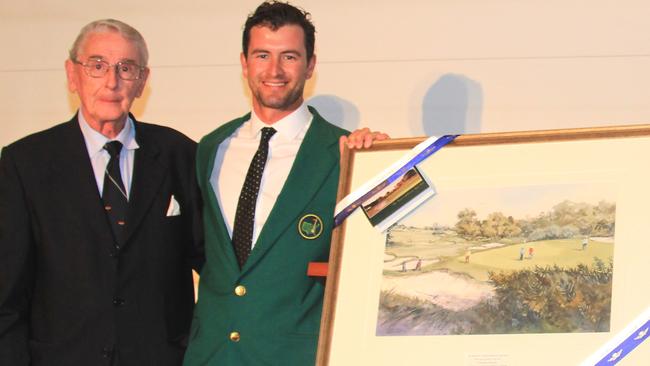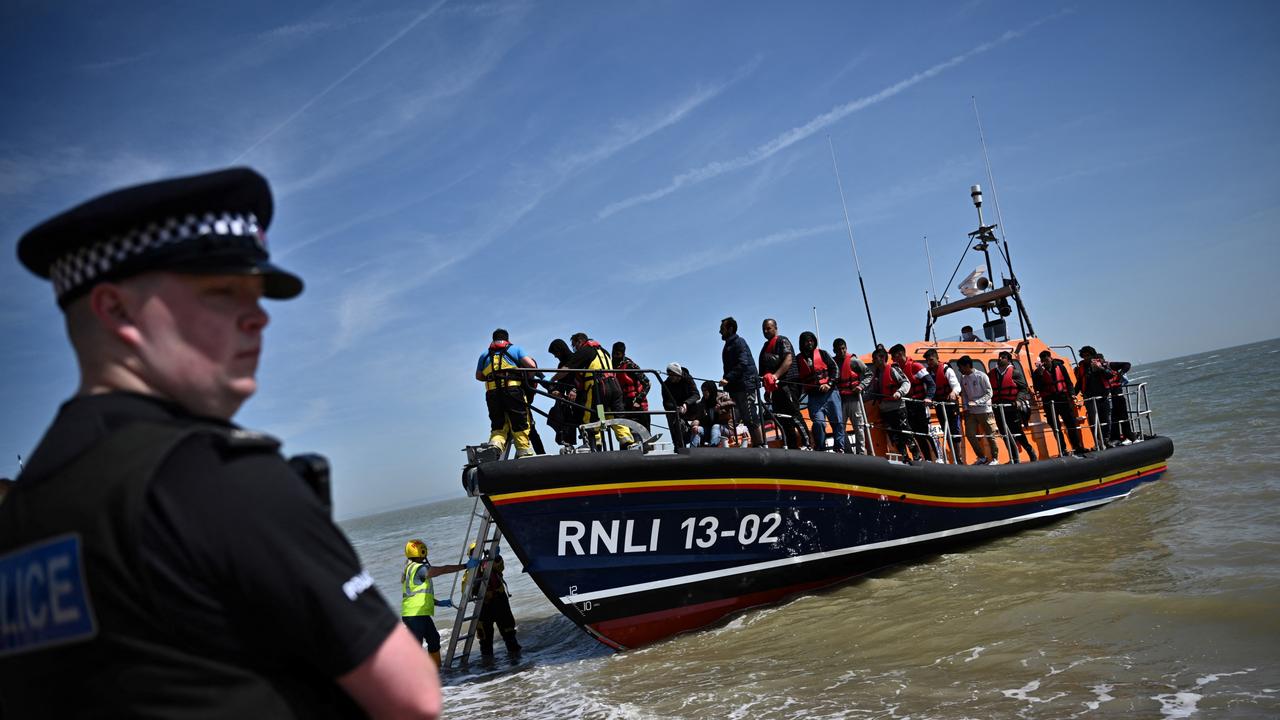Low-key Robert Wade was Australia’s most acclaimed watercolourist
American singer Tony Bennett hailed Melbourne painter as the world’s best – and flew here for secret lessons in watercolour.

OBITUARY
Robert Wade, watercolourist and golfer. Born Box Hill, Melbourne, July 29, 1930. Died January 30, aged 93.
Australia’s most acclaimed watercolourist, Robert Wade, firmly believed golf had much in common with his artistic discipline: “You never get on top of either of them.”
Wade spent his life trying to master both and at one stage went around with a handicap of four at his beloved Metropolitan Golf Club, of which he was a member for 71 years.
And he truly conquered watercolour, a challenging and unforgiving medium. Noted American watercolourist Selma Blackburn once said “in watercolour, if you are not in trouble, then you’re in trouble”.
Wade’s father was a graphic artist who ran a small printing works that would do short-order print jobs for big clients such as Holeproof, Coles and Myer. If they planned a weekend sales campaign, the schoolboy Wade and his father would work through the night to run off the posters, which were then distributed throughout Victoria.
Wade attended Scotch College – the establishment school in Melbourne’s eastern suburbs that traditionally turns out judges, governors-general and state premiers – but his father died in Wade’s final year and he left school that day to run the printworks.

As an inexperienced teenager, he wasn’t wholly welcome, but he promised his mother he would learn every job at the factory to the point he could do it better than anyone else.
Working until late each night, that is what he did. He became more than familiar with all the machines and did all the artwork for all the jobs. Arriving home about 10pm, he then practised watercolour painting until 2am and was back at the factory five hours later.
Wade ran it for 40 years – longer than his father had lived. In the late 1960s he went to an exhibition of Australia’s great watercolourists and saw the paintings of John Loxton, Harold Herbert and legendary German-born South Australian Hans Heysen. Loxton was there and gave advice to the keen youngster for whom art was a weekend pursuit.
In 1977, confident of his manager, he decided to apply himself to watercolour full-time. He had sold his first painting years before.
“It was a funny little painting of an outdoor dunny in the backyard of my uncle’s home,” he said, for which he was paid four guineas – the equivalent of one pound, one shilling and traditionally imperious currency at art auctions. It doesn’t sound much, but the painters Wade admired, who were at the top of their game, including Heysen, were receiving a modest 25 guineas. In 2020, a work by Heysen, who died in 1968, sold for more than $600,000.
Inevitably, Wade’s passion for art and golf merged. He started painting scenes from courses, starting with those he played.
These days his art is owned by some of the biggest names in the sport: the late Peter Thomson (Wade knew Thomson from when the five-time British Open champion was 19), Adam Scott, Greg Norman, Ben Crenshaw, David Graham and Kel Nagle.
All of Melbourne’s famous sandbelt clubs, including Royal Melbourne, Kingston Heath, the Victoria, Commonwealth and Huntingdale, hang Wade’s work. At The St Andrews Royal and Ancient Club in Scotland, the home of golf, hangs Wade’s view of its 18th hole.

His art also hangs in the Brooklyn Museum, the Royal Watercolour Society in London, at the Bank of Tokyo and in the National Museum of Watercolour in Mexico City.
Wade would urge students not to overcomplicate the discipline: “Watercolour is a simple medium and meant to be painted simply,” he would instruct them. “Big shapes, not too much detail, big washes and plenty of scope to let the watercolour medium do the thing that it likes doing best – like mixing and merging.”
One keen American watercolourist, aware of Wade’s skills and a witness to his work, arrived in Melbourne and asked hotel staff if they might locate the great man. The phone rang at Wade’s home. “Mr Wade, my name is Bennett and I am one of your greatest fans.”
Wade recognised the voice: it was singer Tony Bennett. Wade would explain to the uninitiated that it was the Tony Bennett “who left his art in San Francisco”.
By 2pm Bennett was at Wade’s house. He stayed three hours. One of many visits. Sometimes, Bennett would fly unannounced into Melbourne for lessons with Wade. In his biography, Bennett wrote: “Robert Wade, from Melbourne, Australia, is the finest watercolourist in the world.”
Wade pointed out that Bennett was no slouch around an easel himself: “He is a good painter. He went to art school before he sang.”



